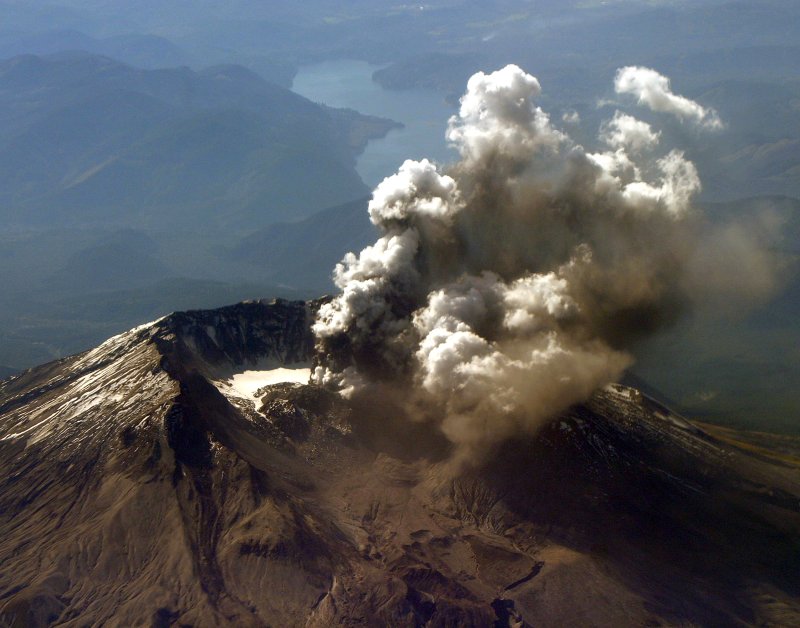BRISTOL, England, May 25 (UPI) -- Crystals in volcanic rocks hold clues about when a volcano is about to blow, a discovery that could yield predictions about future eruptions, researchers say.
Researchers writing in the journal Science say crystal formation can link the movement of underground magma to earthquakes, gas emissions and other warning signs to experts who monitor active volcanoes above ground, the Los Angeles Times reported.















